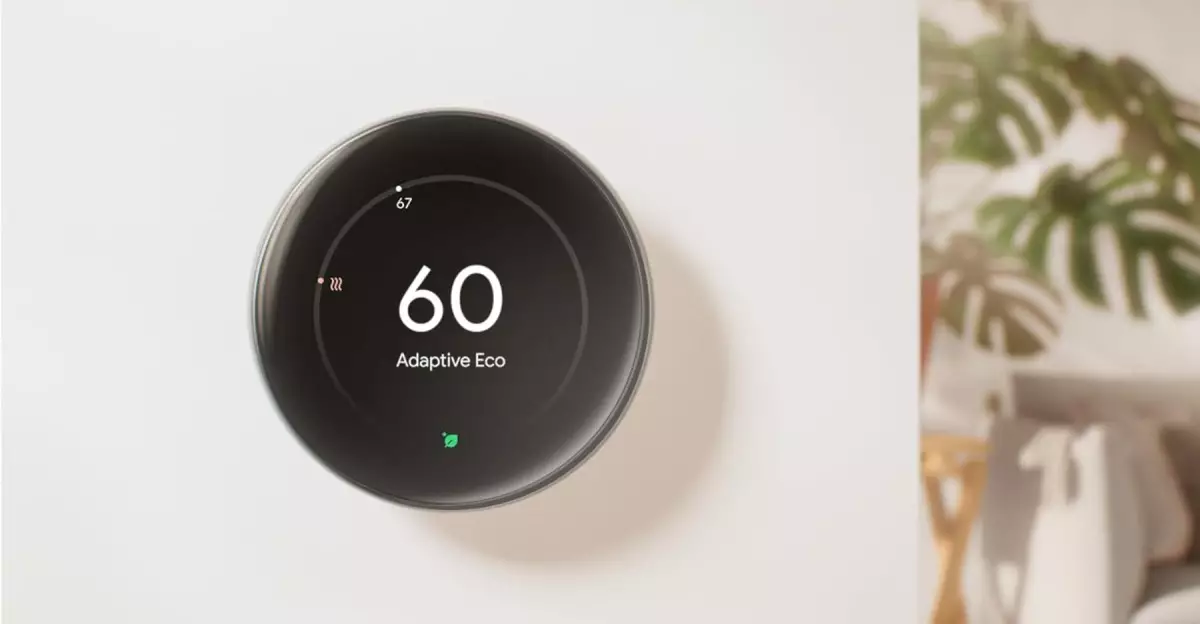In an era where smart home technology is becoming increasingly integral to daily living, the latest iteration of Google’s Nest Learning Thermostat stands out as a transformative device. This upgrade does not merely refine design; it redefines the standards of home automation by offering unprecedented compatibility with modern HVAC systems and ecosystem platforms. The integration of Matter support, a universal smart home connectivity standard, signifies a strategic step toward seamless interoperability. This feature empowers users to control their thermostat via a range of ecosystems including Google Home, Apple’s HomeKit, Amazon Alexa, and Samsung SmartThings, breaking down barriers that once fragmented smart home setups. The result is a device that doesn’t just learn your schedule but effortlessly adapts to your preferred digital environment, consolidating control under a unified, intuitive interface.
This multi-platform compatibility elevates convenience from a secondary feature to a core promise. No longer are users constrained by system-specific protocols, making switching or upgrading ecosystems pain-free and future-proof. The thermostat’s ability to integrate smoothly into diverse smart home environments means that it becomes part of a larger, more cohesive automation system, ultimately reducing the complexity of managing multiple devices and boosting overall efficiency.
Design Innovation Meets Practical Functionality
The redesign of the Nest Learning Thermostat is as functional as it is aesthetic. The large, 60 percent bigger display not only offers a modern, sleek look but also boosts usability—displaying more information at a glance without sacrificing elegance. Ease of access to vital information such as temperature, humidity, and outdoor weather conditions exemplifies the device’s commitment to user-centric design. The customizable interface allows users to prioritize what they view, tailoring the experience to individual preferences and simplifying daily interactions with the device.
Beyond visual appeal, the hardware improvements reflect a deeper focus on user convenience. The removal of the necessity for a C-wire, previously vital for power, is a game-changer for DIY installers or those with older HVAC systems. Nevertheless, Google’s compatibility checker remains a wise step to ensure existing setups are fully supported, avoiding disappointment and ensuring seamless integration.
Another noteworthy aspect of this generation is its upgraded sensors, including the second-generation remote temperature sensor. This addition underscores a recognition of the realities of modern homes: temperature variability between rooms is common, and smart technology should accommodate that. Users can strategically place sensors in rooms where temperature control is most critical, thus ensuring comfort and efficiency across different zones of the home. The Soli radar sensor complements this system, detecting approaching individuals to potentially activate heating or cooling proactively, an innovative feature that annunciates the thermostat’s move toward anticipatory automation.
Intelligent Automation and Daily Dependability
Perhaps the most compelling feature of this device is its enhanced Smart Scheduling capabilities. Unlike traditional thermostats that require manual adjustments, the Nest Learning Thermostat learns habits over time, automatically adjusting temperatures to match routines and preferences. This not only saves energy but elevates daily comfort, eradicating the mundane task of constant temperature tweaking — a truly intelligent automation step toward effortless living.
The device’s ability to monitor and learn from user behavior underscores a broader shift in smart home technology: the focus on adaptive, personalized experiences rather than static controls. Its capacity to respond to real-time data, coupled with the integration of sensors and machine learning algorithms, turns a simple thermostat into an active participant in home life. It exemplifies how smart gadgets should evolve from novelty to necessity, seamlessly blending into routines and providing tangible benefits such as energy savings and increased comfort.
In practical terms, the affordability of this device—highlighted by the current Prime Day discount— lowers the barriers for widespread adoption. Its reliability and the promise of long-term efficiency make it not just an upgrade, but an essential investment for modern homeowners committed to smart living. As the Home Automation landscape evolves rapidly, this thermostat positions itself as a centerpiece of intelligent residential environments, delivering unmatched convenience and adaptability in a sleek, modern package.

